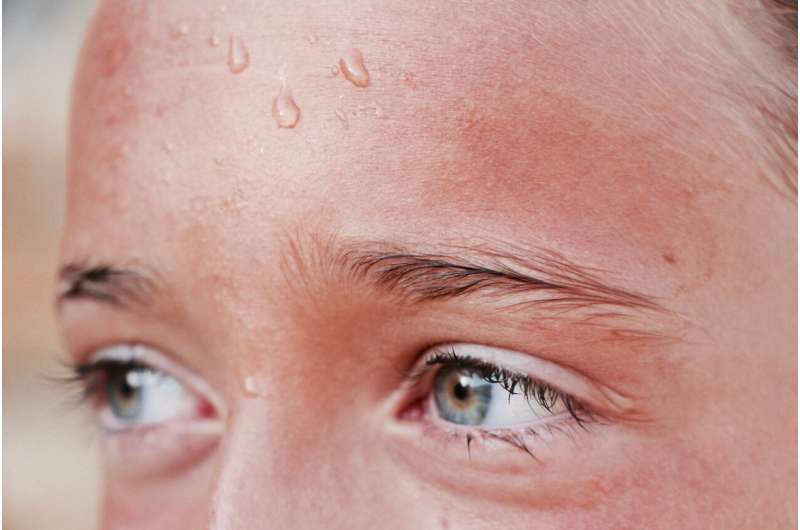Enhancing Mammogram Accuracy with AI Hybrid Strategy

A groundbreaking hybrid AI approach streamlines mammogram interpretation, reducing radiologist workload by over 38% while maintaining high detection accuracy, thanks to AI's uncertainty quantification.
A recent study has demonstrated that combining artificial intelligence (AI) with radiologist assessments in a hybrid reading approach significantly improves the efficiency of breast cancer screening while maintaining accuracy. Developed by Dutch researchers and tested on over 40,000 mammogram exams, this strategy leverages AI's ability to detect malignancies with high confidence, thereby reducing radiologist workload by approximately 38%. The core of this approach involves AI not only providing a probability of malignancy (PoM) for each case but also quantifying its certainty through an uncertainty score. When AI predictions are confident, radiologists can opt to forego further review, streamlining the process. Conversely, for uncertain cases, radiologists undertake double reading to ensure accuracy. The study focused on the entropy of the mean PoM score of the most suspicious region, which yielded comparable cancer detection and recall rates to traditional double reading. Results showed that when the AI model was certain, its performance was comparable or superior to double radiologist readings, with an area under the curve (AUC) of 0.96 versus 0.87, and a sensitivity close to 89%. This indicates that AI can be trusted for a substantial portion of cases, especially when its confidence exceeds a predetermined threshold. The researchers emphasize that incorporating uncertainty metrics into AI models is crucial for safe and effective deployment in clinical settings, especially as it can facilitate healthier workflows and reduce the burden on radiologists. The findings suggest that in the near future, AI could handle a significant portion of normal assessments independently, with radiologists focusing on more complex cases, ultimately advancing breast cancer screening protocols while conserving medical resources. Further prospective studies are recommended to evaluate how such strategies could impact overall screening efficiency and outcomes.
Stay Updated with Mia's Feed
Get the latest health & wellness insights delivered straight to your inbox.
Related Articles
Effective Strategies to Prevent Dehydration and Heat-Related Illnesses During Summer
Discover effective strategies to stay hydrated and prevent heat-related illnesses during the hot summer months with expert tips and practical advice.
Rising Trend in Emergency Department Consultations for Hospice and Palliative Care
Emergency departments are increasingly serving as the primary point for initiating hospice and palliative care consultations, reflecting a significant shift in patient care approaches for serious illnesses.
Innovative Drug Combinations Offer Hope for Tough-to-Treat Cancers
Virginia Tech researchers have discovered promising new drug combinations targeting the enzyme PRMT5, offering hope against resistant cancers like pancreatic, lung, and brain tumors.



